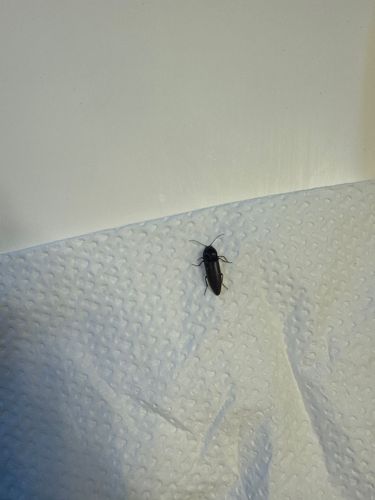Click Beetle
Scientific Name: Family Elateridae
Order & Family: Order Coleoptera, Family Elateridae
Size: Generally 0.5 to 5 cm (0.2 to 2 inches) in length, depending on the species.

Natural Habitat
Found in a variety of habitats including forests, grasslands, agricultural fields, and gardens. Larvae usually live in soil or decaying wood.
Diet & Feeding
Adult click beetles typically feed on pollen, nectar, or plant juices, though some species are predatory. Larvae (wireworms) can be omnivorous, feeding on roots, seeds, fungi, or other small soil invertebrates, and some are predators.
Behavior Patterns
Known for their unique 'clicking' mechanism, which they use to right themselves when overturned, or to escape predators. They can launch themselves into the air with an audible click. Most are nocturnal or active at dusk. Larvae (wireworms) live underground for several years.
Risks & Benefits
Risks: Larvae (wireworms) can be significant agricultural pests, damaging crops by feeding on seeds, roots, and tubers. Benefits: Some adult click beetles and larvae are predatory, feeding on other insect pests. They are also a food source for birds and other animals.
Identified on: 9/24/2025